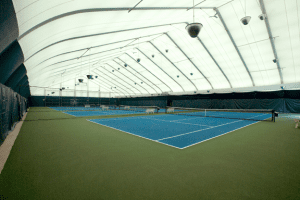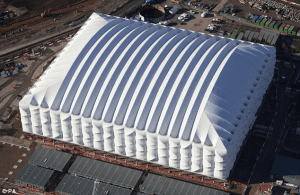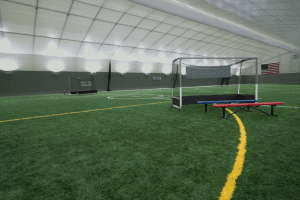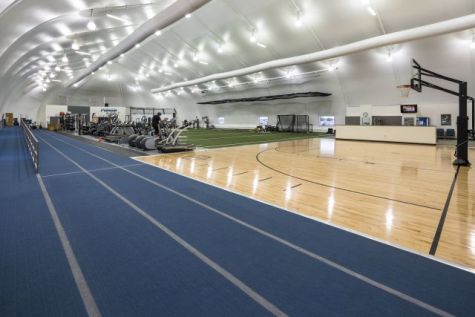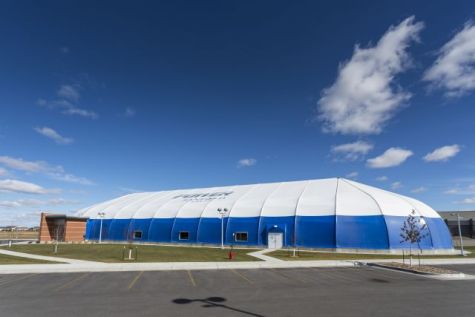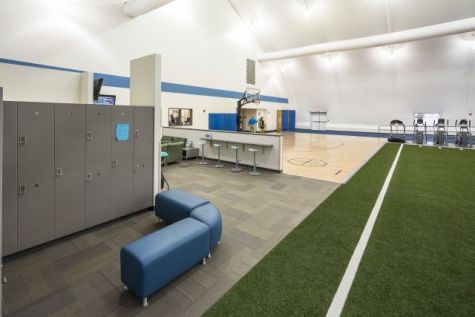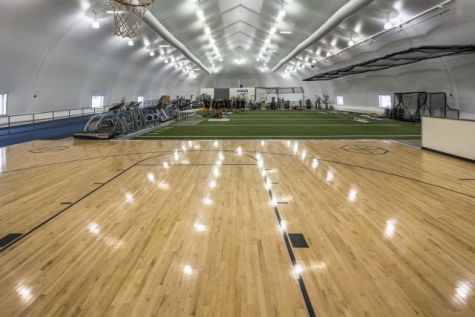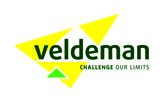
In 2001 UFS constructed the first winning touch tennis facility in Princeton, NJ. The 118’ wide x 202’ long TFS series structure was built to meet demand for indoor tennis in the central New Jersey region.
After the success of their first indoor tennis facility co-owners Bill Kurtain and Steve Dansky looked to expand into the Pennsylvania Lehigh Valley with a second location in Allentown. In 2005 UFS constructed a state of the art 118’ wide x 210’ long TFS series structure. The newest facility catered to tennis enthusiasts of all levels and offered four covered indoor courts as well as two outside courts. Soon after its construction the Middle States Eastern PA District of the United States Tennis Association (USTA) selected Winning Touch Tennis of Lehigh Valley as its Tennis Club of the year.

Time to Expand
Universal Fabric Structures are designed so they can be easily relocated or expanded. As the need arises, your structure can be conveniently expanded by moving the gable end and adding more bays. In 2012, Winning Touch reached a point of growth where they needed to enclose all six available courts. “We were so happy that Universal Fabric Structures could add on to our building,” said Bill Kurtain, owner of Winning Touch Tennis.
The decision was made to leave the existing gable wall up when enclosing the two new courts. Doing so would give Winning Touch a private two court area for lessons while members could play in the 4 court building without being disturbed.

When asked about the improvements of adding onto his existing structure Bill Kurtain explained, “The first most significant improvement since adding on to our building is that we can add more members, more programs, and add to our bottom line. The second is based on our decision to not move the exterior wall out, but to leave it in place, add the new building as a connection, then build a new end wall. This is great because when we are slower, we can utilize the 2 court building saving utility costs on the 4 court building, and vise versa.”

The Allentown Winning Touch Tennis Structure is a high-tech, player friendly tennis court facility with state-of-the-art indoor lighting and an acrylic layered court surface. The translucent fabric construction provides the added bonus of maximizing winter sunshine to create solar heat absorption while blocking significant amounts of damaging UV rays. When asked about his newly updated facility Bill Kurtain replied, “We have the coined phrase, “the WOW factor” to describe our building, because when new players first walk in to play, the majority of them say, “Oh WOW”!”

In addition to being the president of Winning Touch Tennis in Princeton, NJ and Allentown, PA, as well as the president of the USPTA Middle States Division, Bill Kurtain offers a specialized consulting service known as T.I.P.S. (Tennis Investment Projection Services). T.I.P.S. is a four stage consulting service designed to make the dream of building an indoor tennis club a reality. To get more information on Bill’s comprehensive, diligent and well planned process please contact him at (609) 731-0505 or email him at wttkurtain@aol.com.






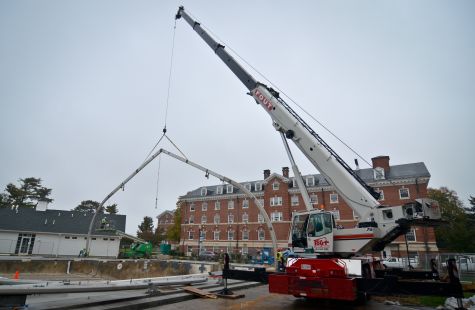
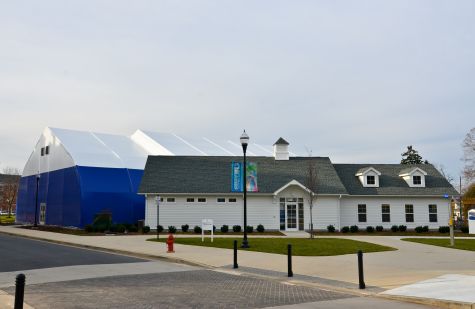 The existing pool at Hood was expanded by 2 lap lanes and the college removed the old air inflated structure it once used and UFS began raising arches in mid to late October with construction completed by late November.
The existing pool at Hood was expanded by 2 lap lanes and the college removed the old air inflated structure it once used and UFS began raising arches in mid to late October with construction completed by late November.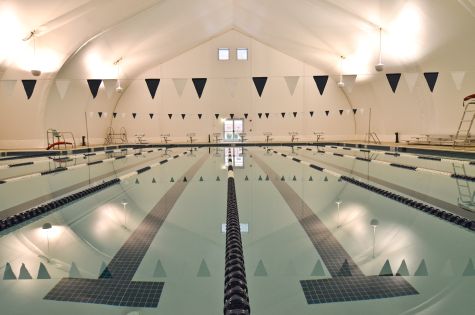 The structure is unique and spans from 80 feet to 90 feet in width and is 115 feet in length. Timelines for the project were tight so UFS used it’s aluminum TFS-RV series structure which can be raised and installed in weeks as apposed to months like traditional construction. Now completed Hood has a state of the art, insulated and cost effective facility that will be used by the college swim team as well other local swim organizations.
The structure is unique and spans from 80 feet to 90 feet in width and is 115 feet in length. Timelines for the project were tight so UFS used it’s aluminum TFS-RV series structure which can be raised and installed in weeks as apposed to months like traditional construction. Now completed Hood has a state of the art, insulated and cost effective facility that will be used by the college swim team as well other local swim organizations.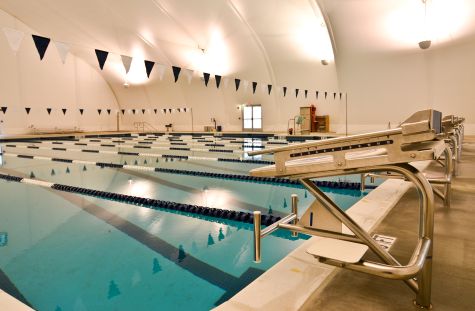 If you are interested or need information on the benefits of covering a swimming pool, diving center or an aquatic facility with a Universal Fabric Structure please contact UFS today at 800-634-8368 or by emailing us at
If you are interested or need information on the benefits of covering a swimming pool, diving center or an aquatic facility with a Universal Fabric Structure please contact UFS today at 800-634-8368 or by emailing us at 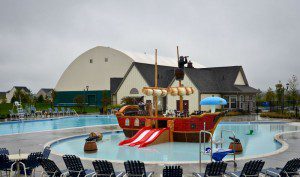
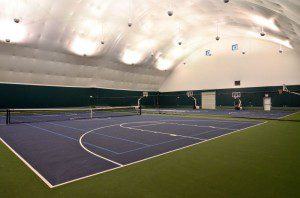

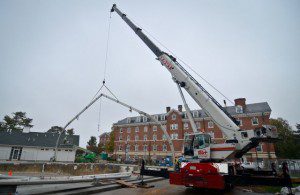
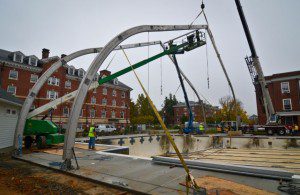
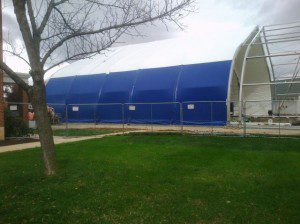

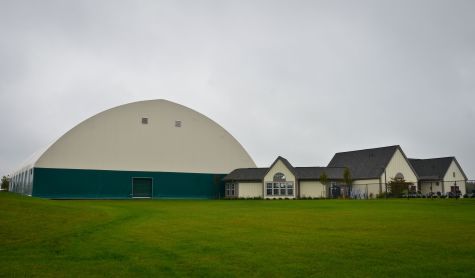
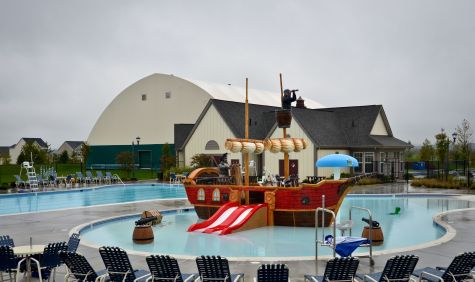
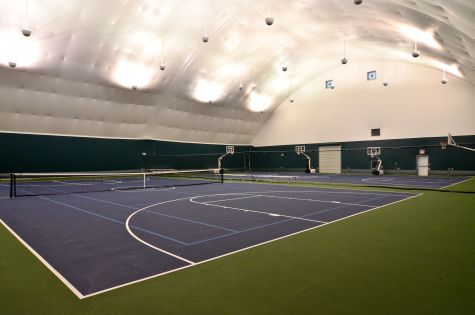



![timthumb[2]1-resized-600](http://www.ufsinc.com/wp-content/uploads/2012/06/timthumb21-resized-600-300x105.png)
